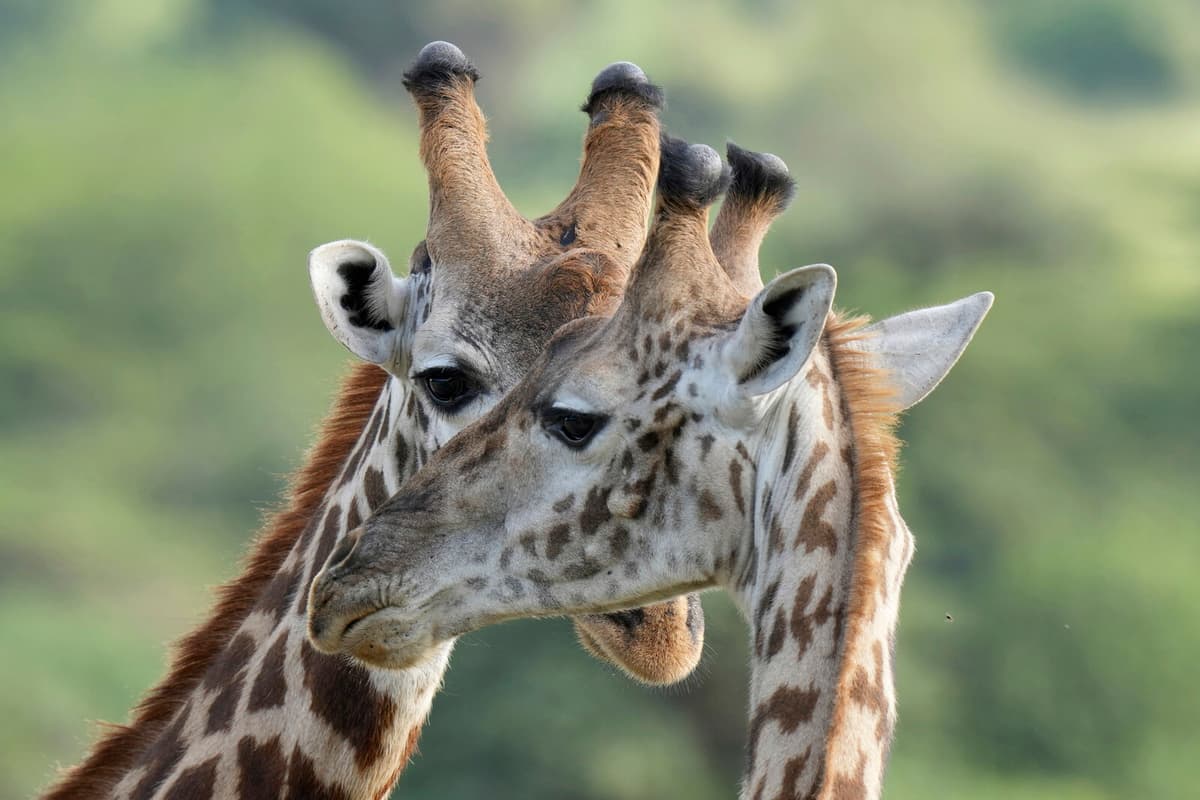The world's tallest mammal has long been classified as a single species, with six subspecies.
But according to new data and genetic studies, the species should actually be divided into four groups: northern giraffes, southern giraffes, reticulated giraffes, and Masai giraffes.
That the four groups get different names is important, according to the researchers. Each species faces different threats and challenges and has different population sizes and protection needs.
When you lump giraffes together, the narrative becomes blurry, says the study's lead researcher, the International Union for Conservation of Nature's Michael Brown, based in Windhoek, Namibia.
For example, the northern species, found in, among other places, the Democratic Republic of the Congo, South Sudan, and the Central African Republic, and described as the most vulnerable of the four, is threatened by political instability and poaching. Masai giraffes in Kenya and Tanzania, on the other hand, are threatened by reduced habitats, as open savannas are converted into arable land and grazing land for livestock at an increasingly rapid pace.
Previous studies have also suggested that there are significant differences between different giraffes and that the number of "true" giraffe species is actually four. However, it is only now that the International Union for Conservation of Nature, which is responsible for the classification of species, has put its foot down on the issue.





